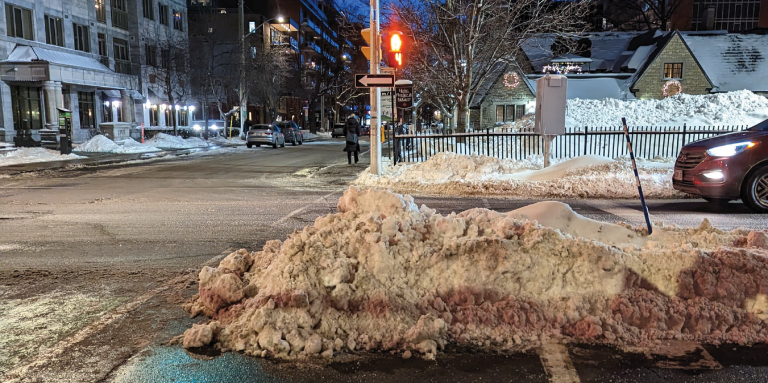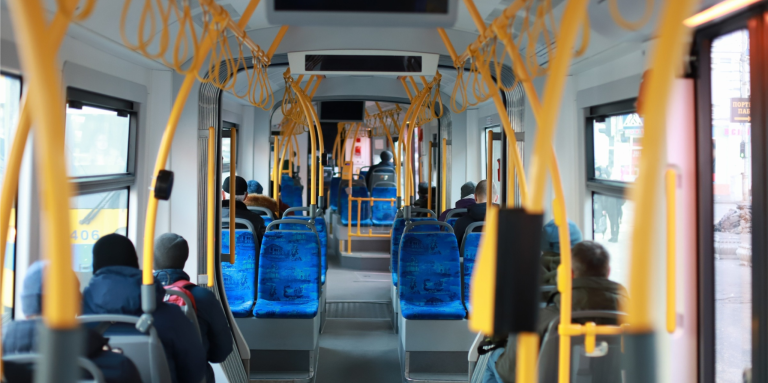Ontario region switcher

Current Campaigns
Advocacy is a powerful tool. CNIB leads advocacy campaigns to make changes for people who are blind, Deafblind, or have low vision. Learn more about our current campaigns.

Don’t forget to ring! A public awareness initiative for safer cycling on The Confederation Trail
Ringing your bicycle bell is a small gesture of respect that makes shared outdoor spaces more enjoyable for everyone. A bell ring alerts pedestrians of a rider’s presence and serves as a courteous heads-up, preventing sudden surprises, collisions, and injuries. Always ring your bicycle bell when passing pedestrians along The Confederation Trail!

"SnoWay" Snow Removal Campaign
For people who are blind, Deafblind, or have low vision, navigating outdoor spaces can become difficult or impossible during the winter months due to environmental barriers caused by improper snow removal practices. As snow begins to blanket our streets and sidewalks, CNIB has launched a snow removal advocacy campaign to educate the public about the barriers snow and ice-covered sidewalks create and remind municipalities, businesses, snow removal contractors, and homeowners about their responsibility to clear snow and ice from paths of travel.

Get on board with accessible public transit
This spring, we’re excited to launch phase two of the “Get on Board!” campaign, this time targeting 12 new municipalities in Canada. Like the fall campaign, phase two of “Get on Board” will involve a secret rider survey for people to provide feedback on the barriers they encounter while using public transit as well as organized transit ride-a-longs with community members and local public officials.